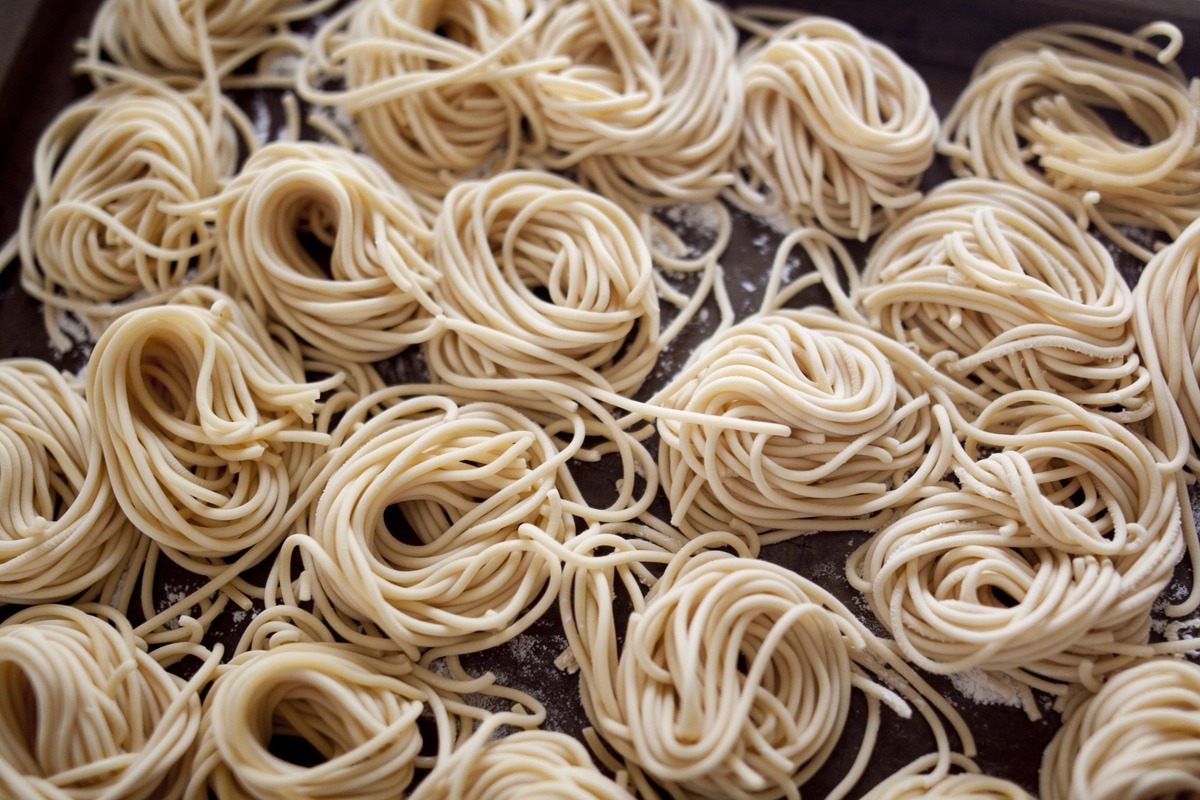

Articles
How To Store Cooked Noodles Without Sticking
Modified: December 7, 2023
Learn how to store cooked noodles without sticking with these helpful articles. Discover the best techniques and tips to keep your noodles fresh and delicious.
(Many of the links in this article redirect to a specific reviewed product. Your purchase of these products through affiliate links helps to generate commission for Storables.com, at no extra cost. Learn more)
Introduction
When it comes to cooking noodles, it’s not uncommon to end up with more than you can eat in one sitting. So, what do you do with the leftover cooked noodles? Storing them properly is the key to maintaining their texture and flavor. The last thing you want is a sticky clump of noodles that are unusable.
In this article, we will explore different methods to store cooked noodles without them sticking together. These techniques will ensure that your noodles remain fresh and ready to use whenever you’re in the mood for a delicious pasta dish.
Whether you’re a pasta lover who frequently cooks large batches or someone who enjoys the convenience of leftovers, these tips will come in handy to prevent your noodles from turning into a gloopy mess.
Key Takeaways:
- Say goodbye to clumpy noodles by following these storage methods: oil coating, cornstarch dusting, freezing, or vacuum sealing. Enjoy fresh, separated noodles for your next pasta dish hassle-free!
- Keep your leftover noodles fresh and ready to use with these techniques: proper preparation, oil coating, cornstarch dusting, freezing, or vacuum sealing. No more sticky pasta headaches!
Read more: How To Store Leftover Noodles
Important Tips for Storing Cooked Noodles without Sticking
Before we dive into the various methods of storing cooked noodles, there are a few important tips to keep in mind:
- Cook noodles al dente: When preparing noodles for storage, it’s essential to cook them al dente, which means they are still slightly firm when bitten. Overcooking can lead to softer noodles that are more prone to sticking together.
- Drain and rinse: After cooking, make sure to drain the noodles properly to remove any excess water. You can also give them a quick rinse with cold water to stop the cooking process and remove surface starch.
- Avoid excess oil: While it may be tempting to add oil to the cooking water or toss the noodles in oil after cooking, this can actually make the noodles more slippery and prone to sticking. It’s best to avoid excessive oil to prevent unwanted clumping.
By following these general tips, you’ll create a solid foundation for storing cooked noodles without them sticking together. Now, let’s explore the different methods that can help you achieve this!
Method 1: Properly Preparing Noodles for Storage
The first step in storing cooked noodles without sticking is to ensure that you prepare them properly before storage. Here’s how:
- Cool the noodles: After cooking and draining the noodles, allow them to cool completely. You can spread them out on a baking sheet or a large plate to speed up the cooling process.
- Toss with a little oil: Once the noodles have cooled down, lightly toss them with a small amount of cooking oil. This helps to coat the noodles and prevent them from sticking together.
- Portion the noodles: Divide the cooked noodles into individual or serving-sized portions. This way, you won’t have to defrost and reheat more noodles than you need.
- Storage containers: Transfer the portions of noodles into airtight containers or resealable plastic bags. Make sure to remove as much air as possible from the containers or bags to prevent freezer burn.
By properly preparing the noodles before storage, you minimize the chances of them clumping together. Now, let’s move on to the next method, which involves using cooking oil to prevent stickiness.
Method 2: Using Cooking Oil to Prevent Stickiness
Another effective method to prevent cooked noodles from sticking together is by using cooking oil. Here’s how you can do it:
- Cook noodles al dente: As mentioned earlier, it’s important to cook the noodles al dente. This ensures that they retain their texture and are less likely to clump together.
- Drain and rinse the noodles: Once the noodles are cooked, drain them thoroughly and give them a quick rinse with cold water to remove excess starch.
- Toss with cooking oil: In a large bowl, toss the cooked and rinsed noodles with a small amount of cooking oil. Use your hands or tongs to evenly coat the noodles with the oil.
- Storage containers: Transfer the oiled noodles into airtight containers or resealable plastic bags. Again, make sure to remove any excess air and seal tightly.
The thin layer of oil on the noodles acts as a barrier, preventing them from sticking together. When you’re ready to use the noodles, simply take out the desired amount, and they should be ready to cook or reheat without any clumping.
Next, let’s explore a method that uses cornstarch to keep noodles separated during storage.
After cooking the noodles, rinse them with cold water to stop the cooking process and prevent sticking. Toss them with a little bit of oil to further prevent sticking, and store them in an airtight container in the refrigerator.
Method 3: Storing Noodles with Cornstarch
Using cornstarch is another effective method for storing cooked noodles without them sticking together. Here’s how to do it:
- Cook the noodles: Prepare the noodles according to the package instructions, ensuring they are cooked al dente.
- Drain and rinse: Drain the noodles thoroughly and rinse them with cold water to remove excess starch and prevent them from becoming sticky.
- Toss with cornstarch: In a bowl, sprinkle some cornstarch over the drained noodles. Use your hands or tongs to gently toss the noodles until they’re evenly coated with the cornstarch.
- Shake off excess cornstarch: Place the cornstarch-coated noodles in a colander and shake off any excess cornstarch. This step helps to remove any clumps of cornstarch, ensuring a more even distribution.
- Storage containers: Transfer the cornstarch-coated noodles into airtight containers or resealable plastic bags. Remove as much air as possible before sealing the containers or bags.
The cornstarch acts as a natural anti-sticking agent, keeping the noodles separated during storage. When it’s time to use the noodles, the cornstarch will dissolve during cooking, leaving you with perfectly separated and non-sticky noodles.
Now that we’ve covered the cornstarch method, let’s move on to a technique that involves freezing cooked noodles for later use.
Read more: How To Store Homemade Noodles
Method 4: Freezing Cooked Noodles
Freezing cooked noodles is a convenient method to store them for an extended period without worrying about them sticking together. Here’s how to freeze cooked noodles:
- Cook the noodles: Cook the noodles until they reach the al dente stage. Avoid overcooking them, as softer noodles tend to stick together more easily.
- Drain and rinse: Drain the noodles thoroughly and rinse them with cold water to remove excess starch and cool them down.
- Portion the noodles: Divide the cooked noodles into individual or serving-sized portions. This way, you can easily thaw and use only the amount you need.
- Freeze the portions: Place each portion of noodles into freezer-safe, airtight containers or resealable plastic bags. Make sure to remove any excess air and seal tightly.
- Label and date: Label each container or bag with the contents and the date of freezing. This helps you keep track of the storage time.
When you’re ready to use the frozen noodles, simply thaw them in the refrigerator overnight or immerse the sealed container or bag in cold water for quicker thawing. Once thawed, you can cook or reheat the noodles as desired, and they should remain separate without sticking together.
Now that we’ve covered freezing as a storage method, let’s move on to the final technique, which is vacuum sealing for long-term storage.
Method 5: Vacuum Sealing for Long-Term Storage
Vacuum sealing is an excellent method for long-term storage of cooked noodles. By removing the air from the packaging, you can significantly extend the shelf life of the noodles while preventing them from sticking together. Here’s how to vacuum seal cooked noodles:
- Cook and cool the noodles: Cook the noodles until they are al dente, then cool them down completely.
- Portion the noodles: Divide the cooked noodles into individual or serving-sized portions. This will make it easier to use only the amount you need without having to defrost the entire batch.
- Vacuum sealing: Place each portion of noodles into vacuum sealing bags or rolls. Follow the instructions on your vacuum sealer to seal the bags. The machine will remove the air and create an airtight seal.
- Label and date: Label each vacuum-sealed bag with the contents and the date of sealing.
- Freeze or store: Place the sealed bags in the freezer for long-term storage or in the refrigerator if you plan to use the noodles within a few days.
Vacuum-sealed cooked noodles can be stored in the freezer for several months without significant quality loss. When you’re ready to use them, simply thaw by placing the bag in the refrigerator overnight or submerge it in cold water for faster thawing. The noodles should remain individually separated and ready to use, without any stickiness.
By utilizing these different methods, you can easily store cooked noodles without worrying about them sticking together. Whether you’re using cooking oil, cornstarch, freezing, or vacuum sealing, each technique ensures that your noodles stay fresh and clump-free until you’re ready to enjoy them in your favorite pasta dishes.
Now that you have these handy storage techniques, you can say goodbye to sticky and unusable leftover noodles. Enjoy your perfectly stored cooked noodles and have them readily available for your next delicious noodle-based meal!
Conclusion
Storing cooked noodles without them sticking together doesn’t have to be a cumbersome task. By following various methods and techniques, you can ensure that your noodles remain fresh, separated, and ready to use whenever you desire. Here’s a quick recap of the methods we covered:
- Properly preparing noodles: Cool the noodles, toss with a little oil, portion, and store in airtight containers or bags.
- Using cooking oil: Cook noodles al dente, drain and rinse, toss with cooking oil, and transfer to storage containers.
- Storing with cornstarch: Cook noodles, drain and rinse, toss with cornstarch, remove excess, and store in containers.
- Freezing cooked noodles: Cook noodles, drain and rinse, portion, freeze in airtight containers or bags, and label and date.
- Vacuum sealing for long-term storage: Cook noodles, portion, vacuum seal in bags, label and date, and freeze or refrigerate.
Remember to follow general tips such as cooking noodles al dente, draining and rinsing them properly, and avoiding excessive oil to minimize sticking. These methods allow you to enjoy your leftover noodles without the frustration of dealing with a clump of sticky pasta.
Whether you prefer the convenience of the oil method, the natural anti-sticking properties of cornstarch, the long-term solution of freezing, or the vacuum sealing technique, each option provides a solution to keep your cooked noodles separated and fresh.
So, the next time you have leftover noodles, don’t worry about them sticking together. Choose the method that suits you best, and enjoy perfectly stored noodles that are ready to be used in your favorite pasta dishes. With these storage techniques, you can always have a delicious and hassle-free meal with your cooked noodles.
Now, go ahead and experiment with these methods to find the one that works best for you. Say goodbye to clumpy noodles and hello to perfectly stored cooked noodles for your next culinary adventure!
Frequently Asked Questions about How To Store Cooked Noodles Without Sticking
Was this page helpful?
At Storables.com, we guarantee accurate and reliable information. Our content, validated by Expert Board Contributors, is crafted following stringent Editorial Policies. We're committed to providing you with well-researched, expert-backed insights for all your informational needs.
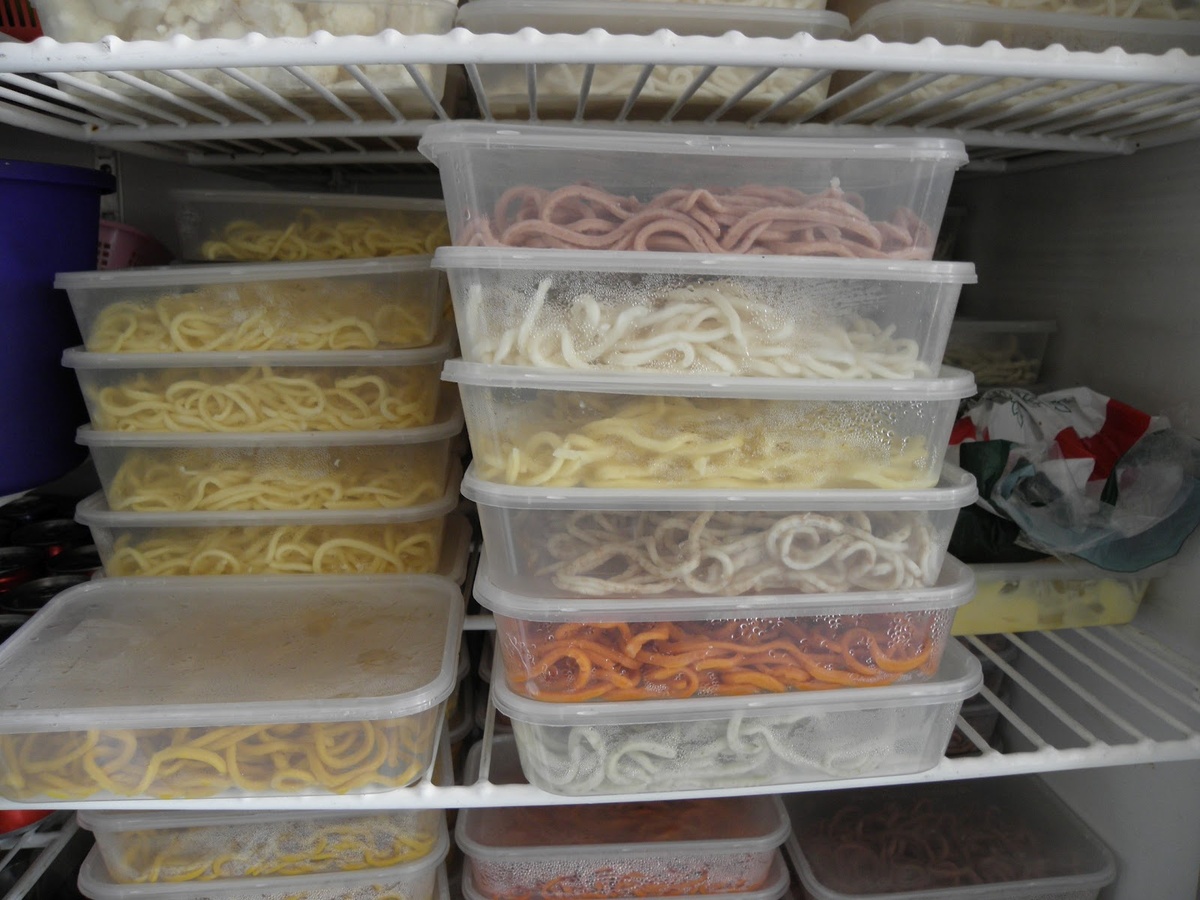

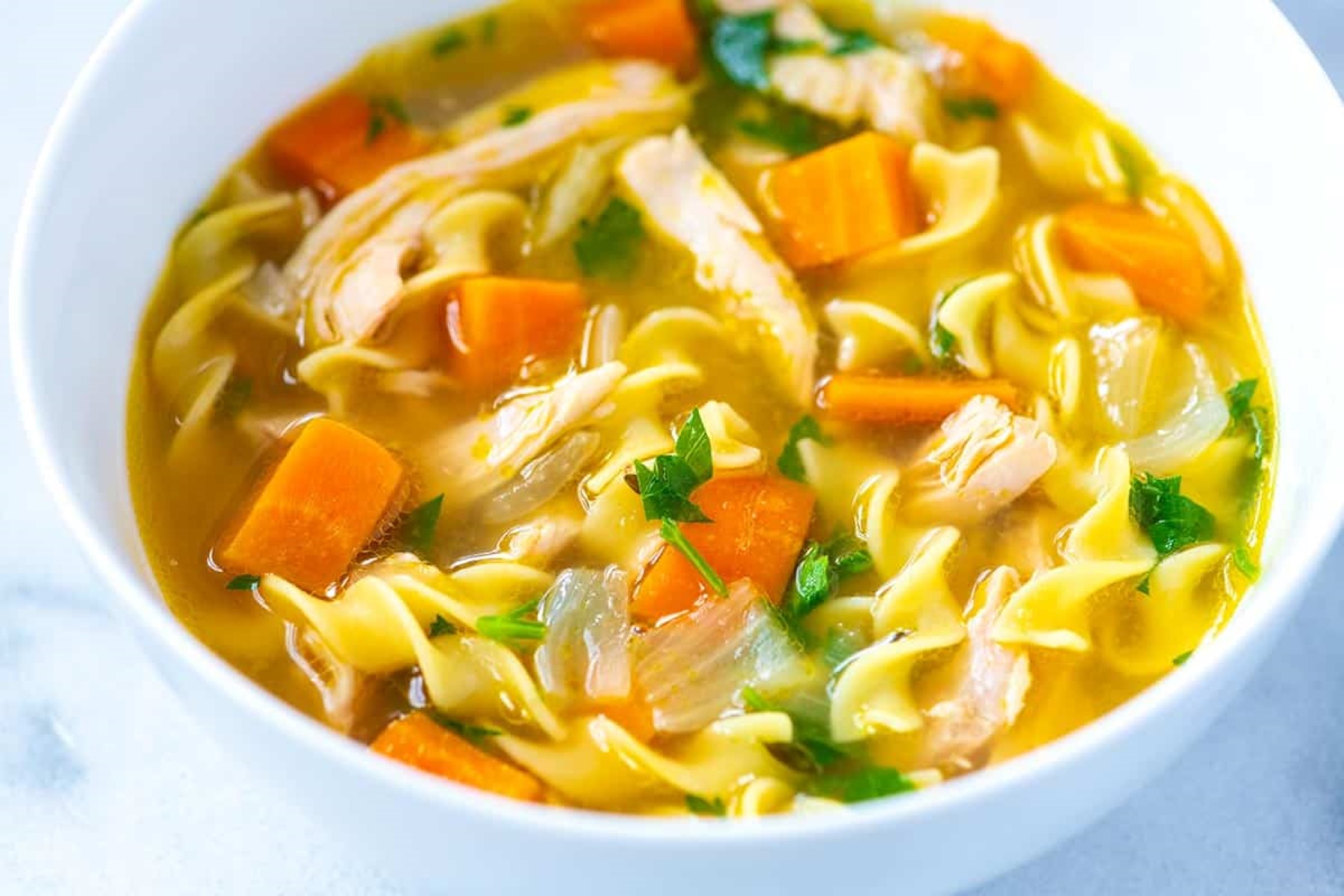
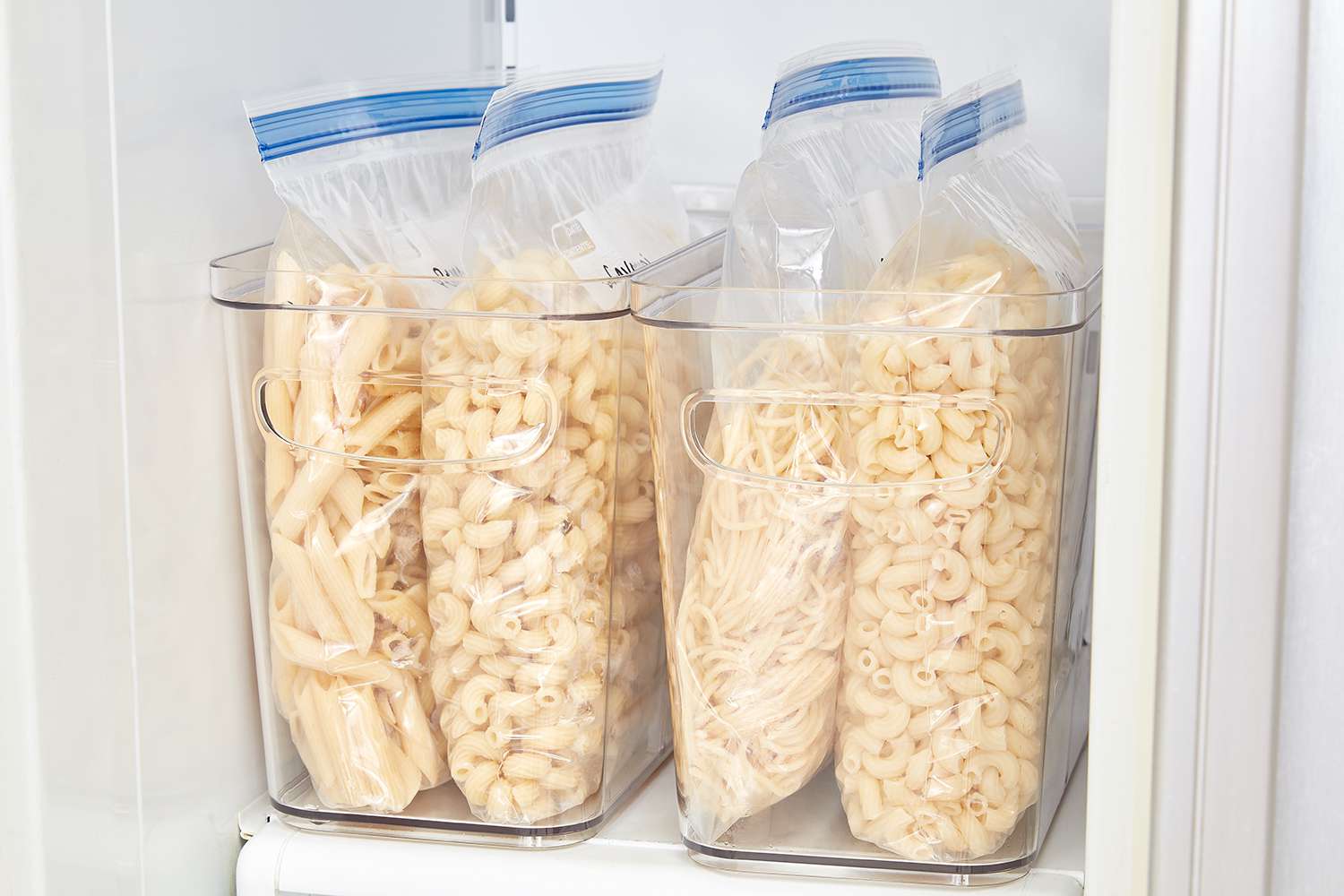
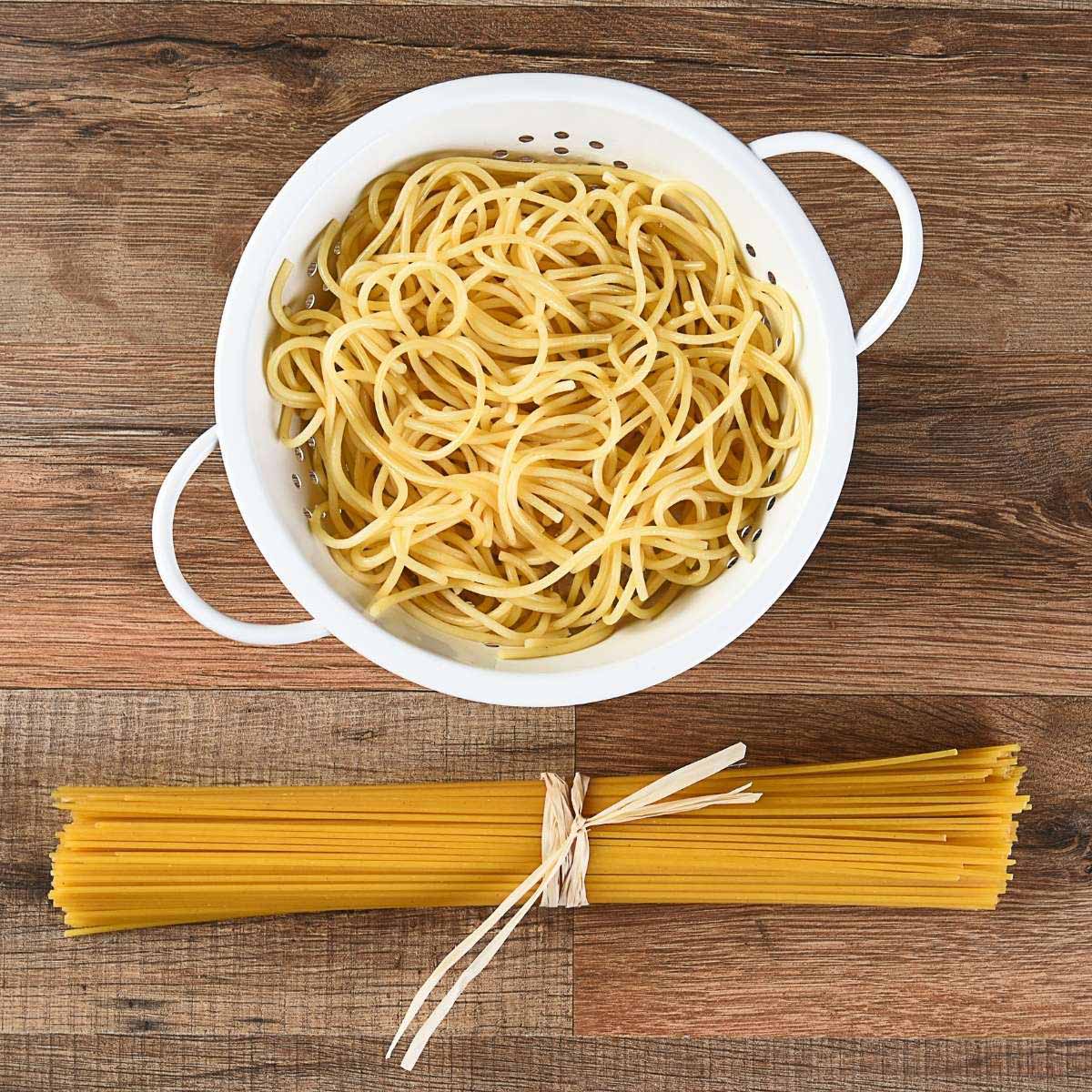
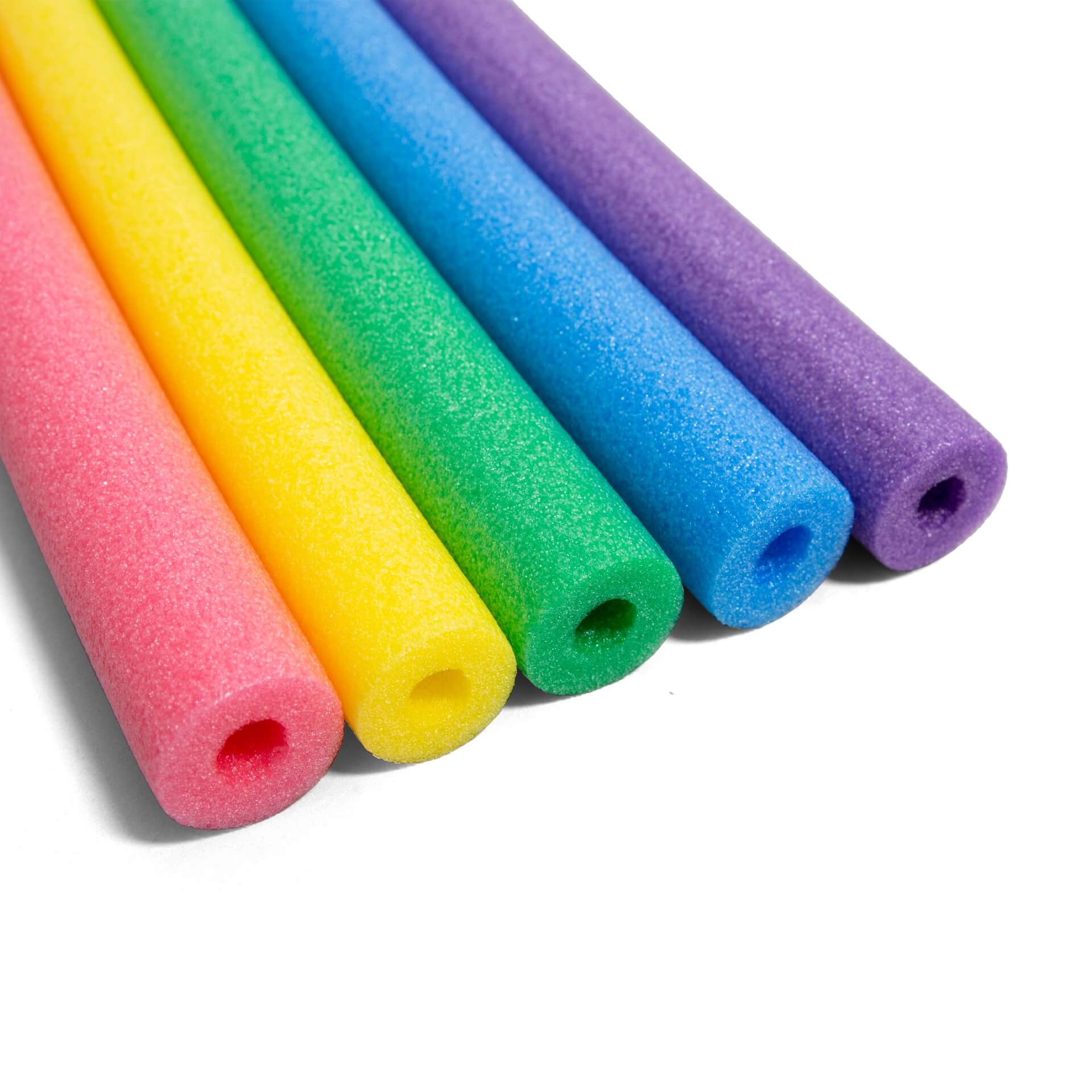
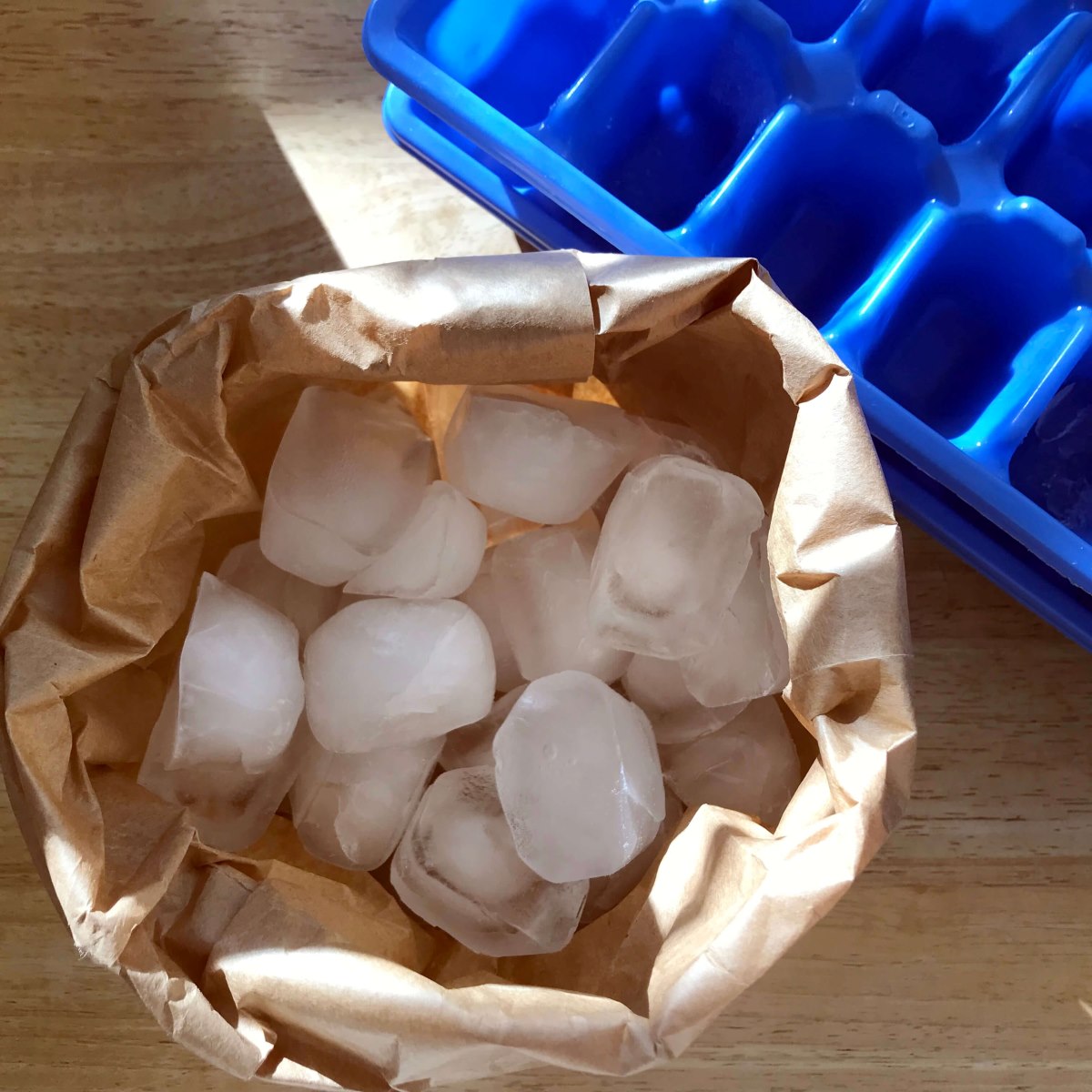
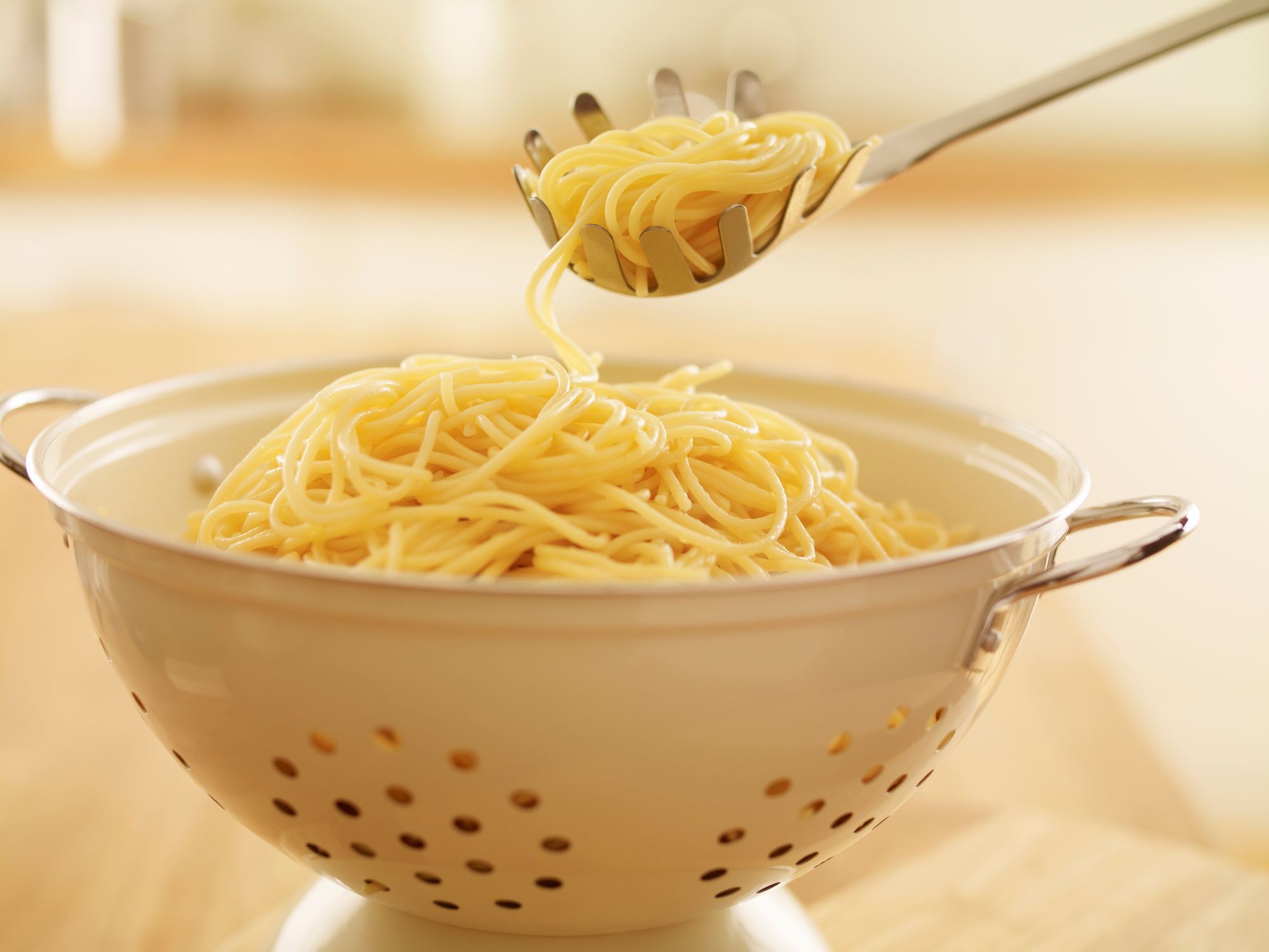
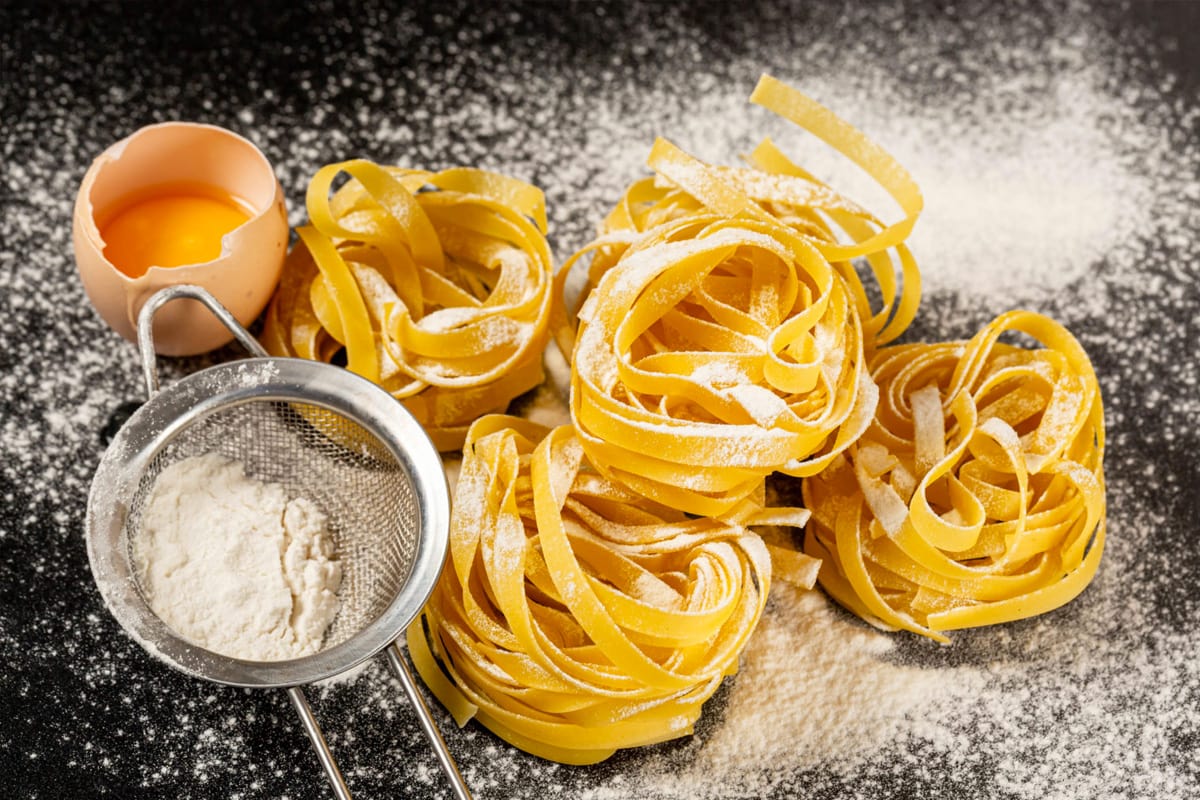
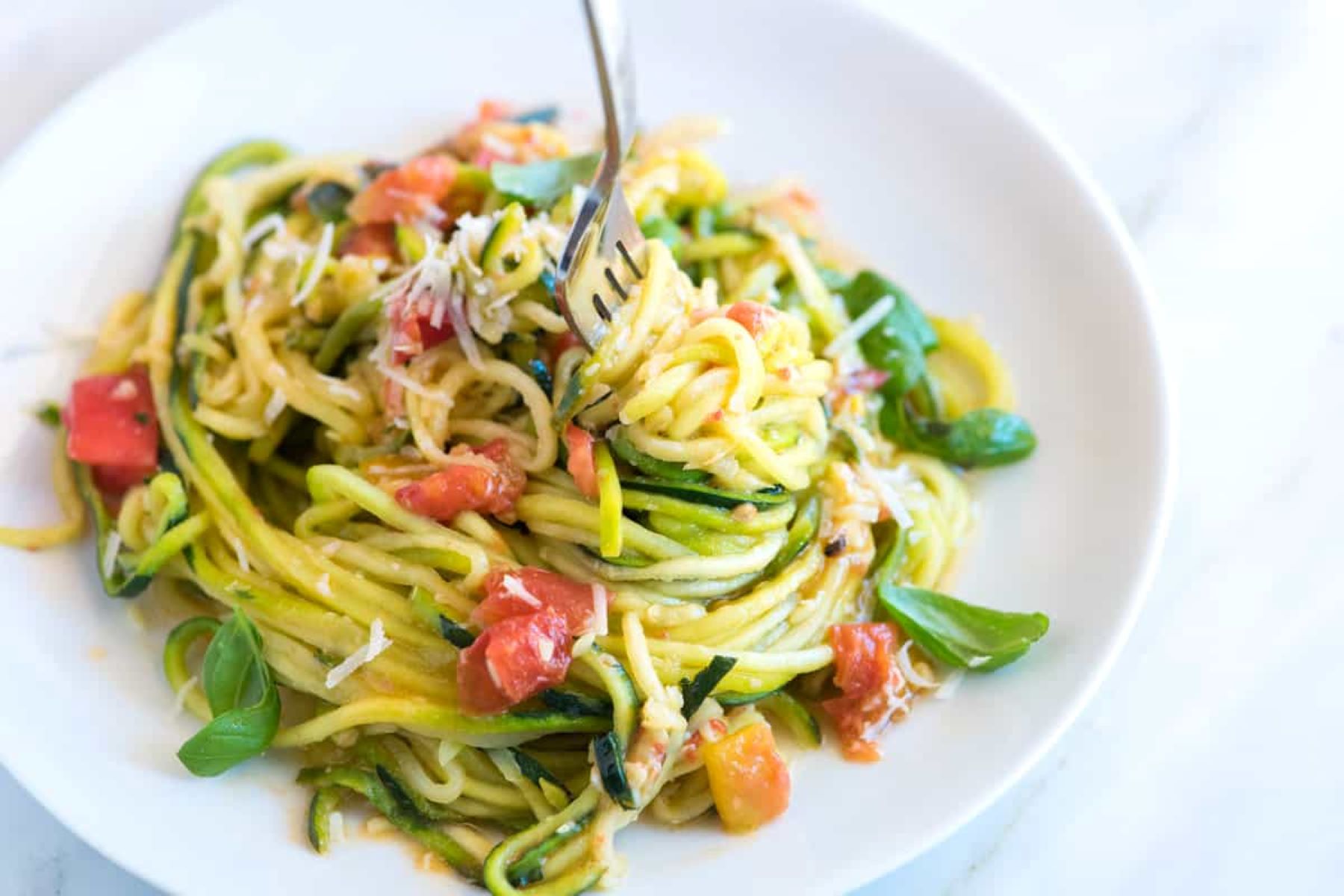
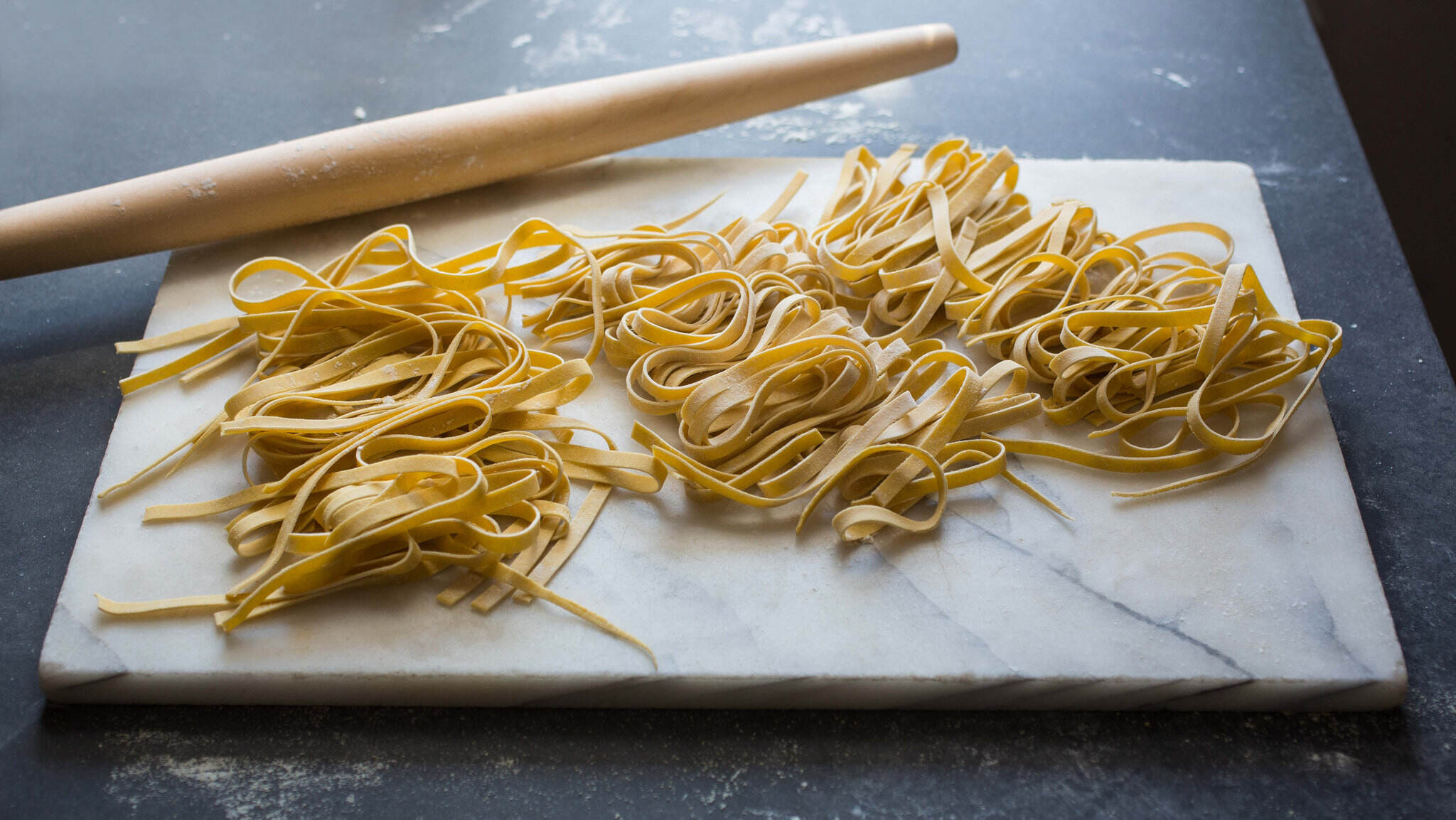
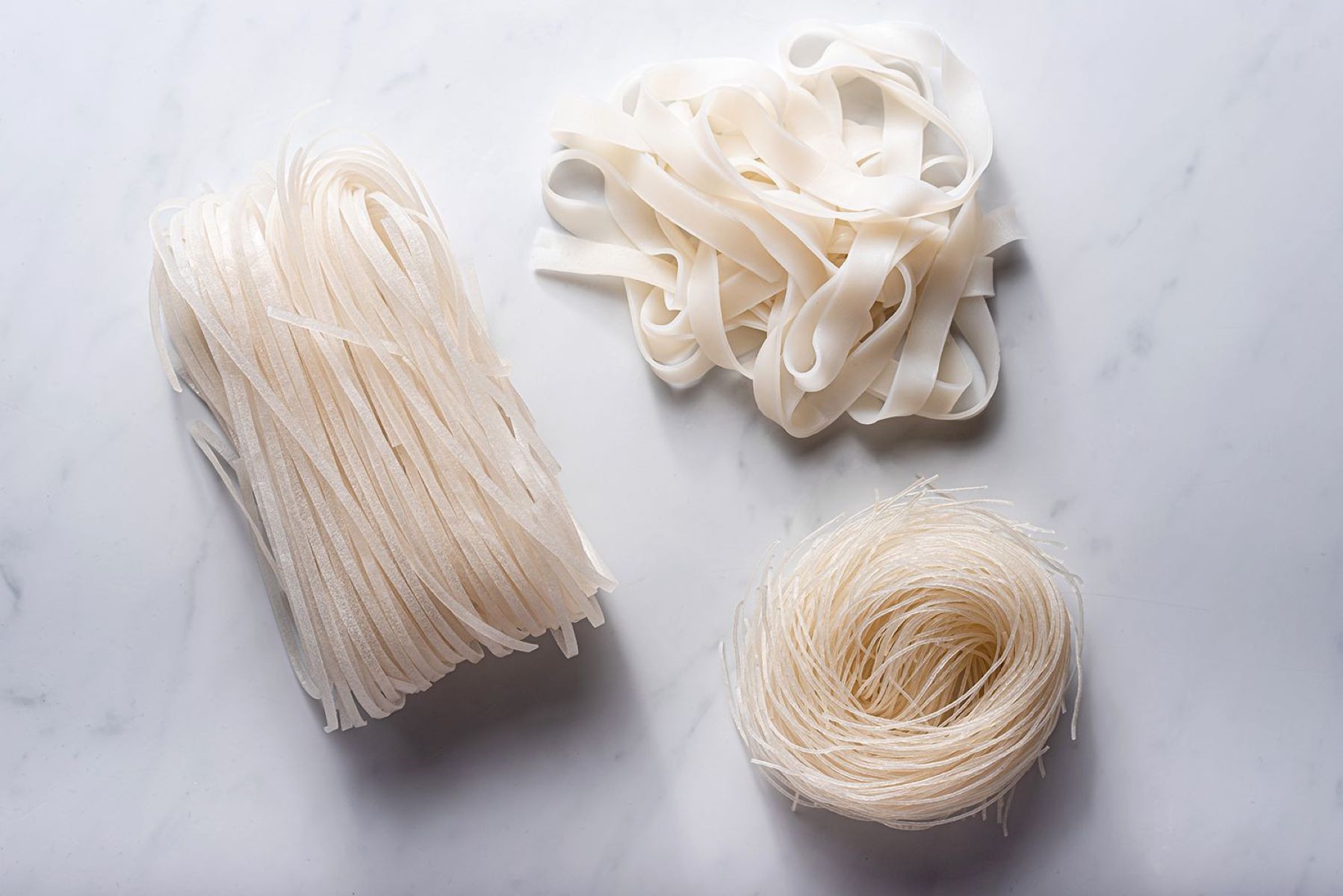
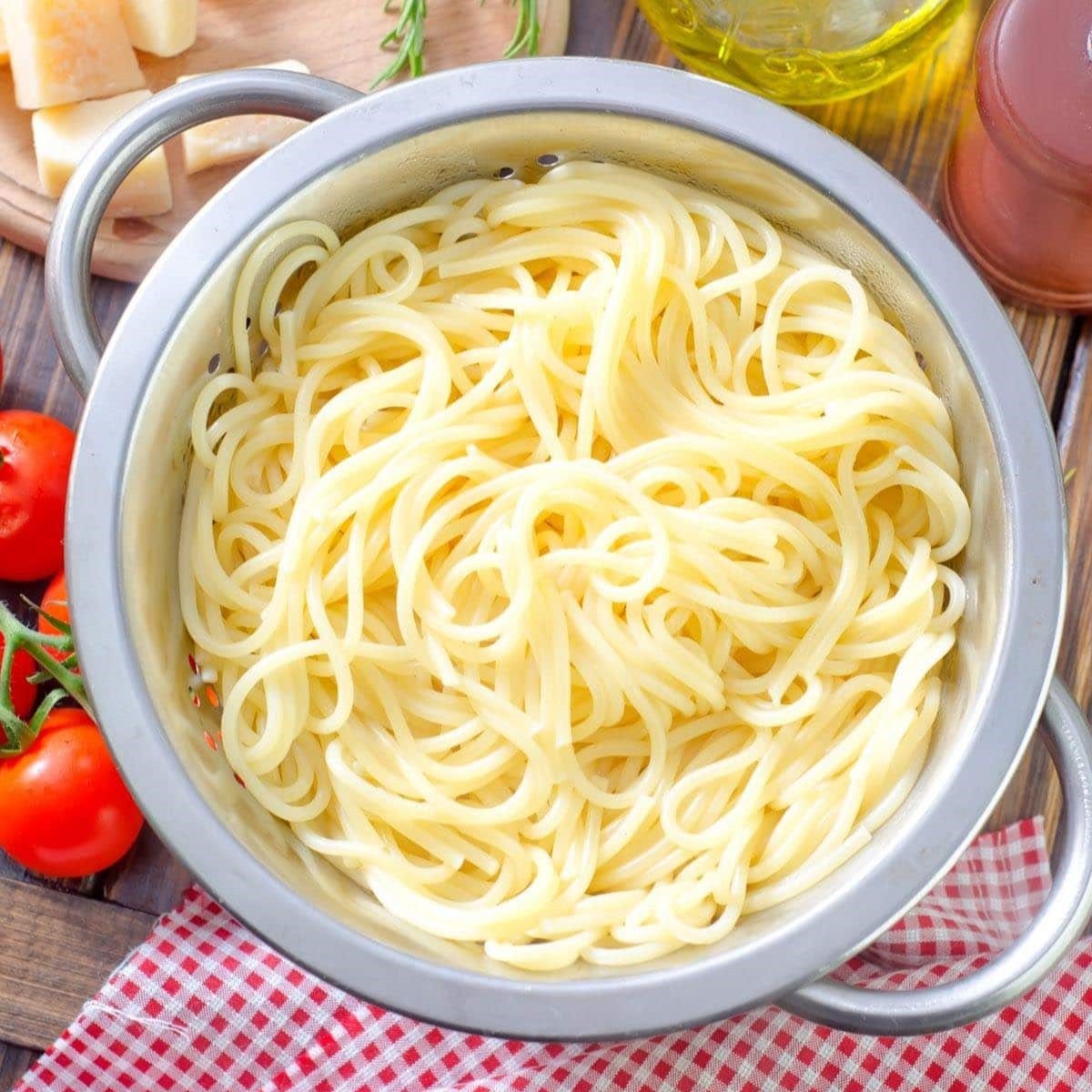
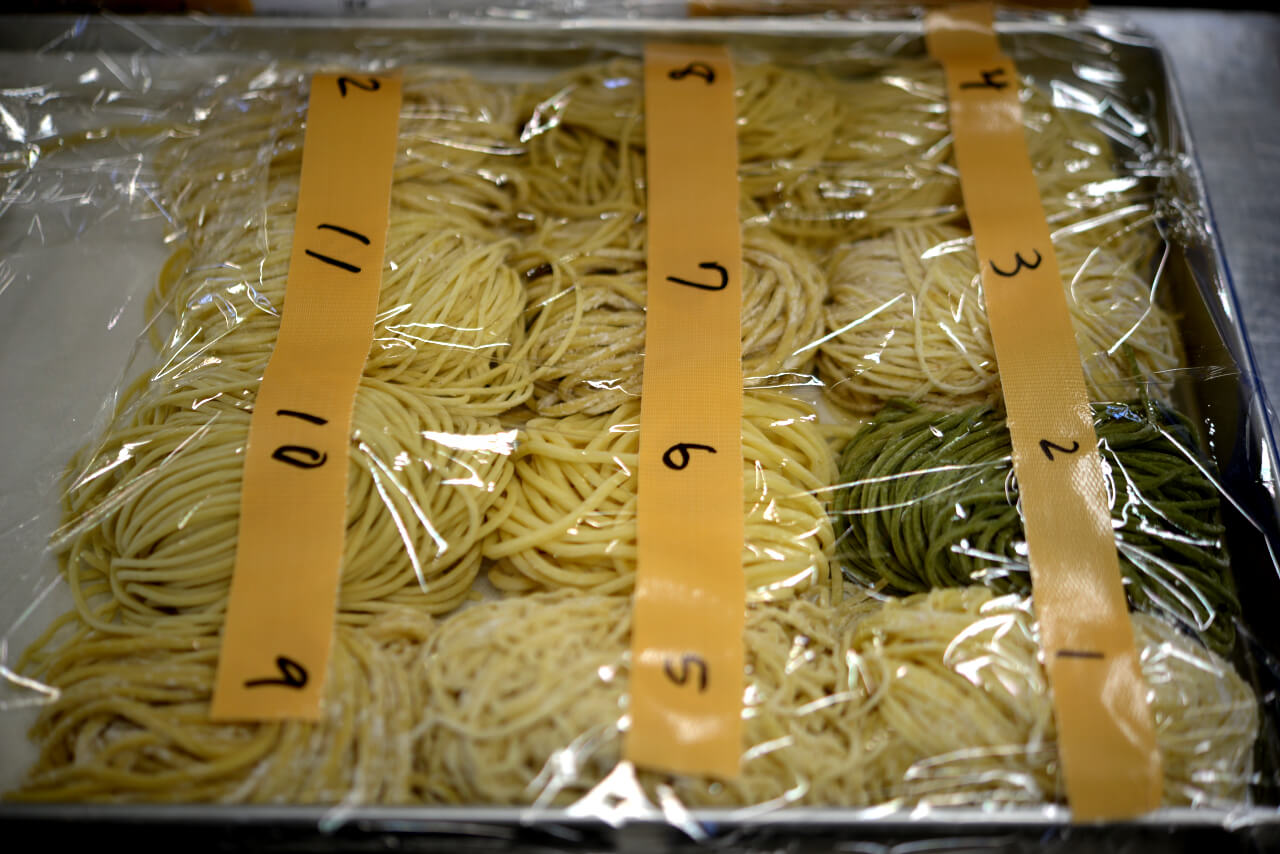

0 thoughts on “How To Store Cooked Noodles Without Sticking”